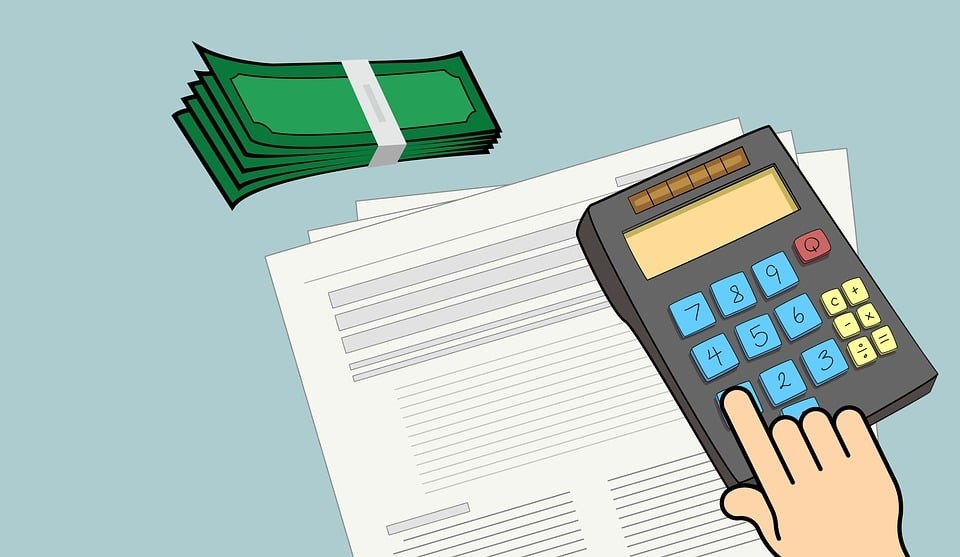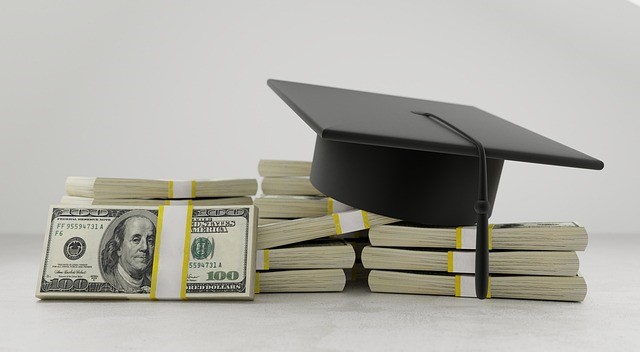Last Updated on: 22nd November 2023, 04:23 pm
Unsecured loans are a way to finance unavoidable or emergent expenses or needs without having to promise a valuable asset for the funds as collateral. Usually, this would require a house or an auto.
When asking “what is an unsecured consumer loan or hva er lån uten sikkerhet “ – an unsecured product generally comes with a more simplified application process. The eligibility criteria are less stringent, with many lenders rendering approval within the same day or the next business day and disbursement following the same time span.
In that same vein, these loans pose a greater risk to the lender, making it necessary for them to implement a higher interest rate in some cases depending on your credit profile and financial status, along with often less-than-favorable terms compared to secured lending.
You would need to consider whether the higher rate is more of a challenge to you than perhaps giving your house to the lender to hold in case you default on the loan. If that happens, the loan provider will put you in foreclosure to recover the loss.
Something worth pondering with considerable forethought. Let us look at unsecured loans a bit more in-depth, compare these briefly to secured lending and see why unsecured lending might be worth the effort.
Is an Unsecured Loan Worth Your Effort
Unsecured loans do not require the borrower to promise a valuable asset or collateral to secure the funds like a house or auto like a secured loan mandate.
That means these are less risky for the borrower but a greater risk for the loan provider. If a borrower defaults on an unsecured product, the course of action a lender can follow is primarily to attach their wages.
This is why those with poor credit profiles will see higher interest rates and less-than-favorable terms than borrowers who choose secured products.
What Is the Process for Unsecured Lending
The loan limits for unsecured loan products range from as low as “$1000 to as great as $100,000” in the US. This could vary greatly for different countries and likely does. Find out what an unsecured consumer loan is at https://www.kake.com/story/41574558/what-is-a-consumer-loan-simple-guide-to-getting-a-loan.
The products can be used for different purposes, which lenders are often flexible with. The APR can range from the single digits to as much as “36 percent,” with terms that can go as long as “seven years.”
All these logistics vary by provider, making clients need to compare products and lending agencies before committing to one. Most loan providers will prequalify borrowers in the online platform allowing a rate check without compromising credit.
In many situations, borrowers can do the entire application process online with an approval decision in a matter of minutes and disbursement either the same day or within one to two business days.
Once disbursement is given in a lump sum, interest will begin to accrue on the loan’s balance. This is the descriptor for a personal loan. Interest is fixed with consistent monthly repayment installments and a designated term with activity reported to the three credit bureaus.
What Will Happen If the Loan Defaults
Lenders experiencing a borrower defaulting on the unsecured loan will see their repayment schedule sent to collections resulting in numerous calls and the potential for legal action.
If the loan provider is successful in court, the borrower will have their wages garnished, or with student loans, future income tax refunds will be seized. The
A default can further result in a line on your property and massive credit damage, with the score falling and the history showing a record for roughly seven years.
What Are the Types of Unsecured Lending
The types of unsecured loans are varied, with the purposes ranging broadly. Borrowers have access to personal and student lending, which is considered traditional student lending, but also revolving loans for which credit cards and lines of credit fall. These are the standard types of unsecured loans.
Unsecured personal loan
Personal loans are more often unsecured than secured, but there is the option to be secured if the lender allows it. Most loan providers offer these products for a variety of purposes. Some will be more concise, specializing in distinct personal lending like consolidating debt.
It is essential to determine if a lender has restrictions on their unsecured lending before formally committing to the product. Some reasons include medical expenses, a new auto, home improvements, and on.
Personal lines of credit
If you know the expenses you will be accumulating will be extended and spread over an unforeseen period, a personal line of credit is often the best financing effort for these circumstances. Usually, this will involve home repairs where you can access the funds as they become necessary.
While any lines of credit are secure, personal lines of credit are not and can be used at any time for whatever your needs might be. The difference between these and a loan is you will not receive a lump sum upfront. You will borrow only when something is needed and accrue interest only on what you borrow.
Unsecured credit cards
Unsecured credit cards are revolving loans allowing borrowers a set spending limit that needs to be paid down with each monthly repayment installment. There are secured credit cards on the market, but these are reserved for individuals attempting to establish, build or rebuild their credit.
Most of the unsecured debt does not require collateral. These do intend that the borrower be responsible with their thought process, especially when adjusting to an added monthly expenditure.
It is essential to keep the balance to the lowest minimum, ensuring that you can repay the total amount when the billing cycle comes to a close instead of carrying it to the following month with an accrual of interest on the account.
The minimum amount due is the least amount the borrower will accept toward the balance you have due. That is not the expected repayment amount. A borrower can repay whatever they like including the total balance. Some clients seem confused by the concept.
Student lending
Student loans are all unsecured, whether offered by private entities or the government. In that same vein, the government will put expeditions on their lending product with the potential for seizing a client’s federal tax refunds to recover the outstanding balances.
Which Borrowers Are Better Qualified for Unsecured Lending Products
People who do not have something of value or prefer not to put their most valuable asset up against the funds of a loan to serve as collateral for fear of losing the asset like a house or car if the loan defaults need to go for an unsecured product.
The problem with an unsecured loan is that the lender feels more threatened with an unsecured loan, usually charging more interest. This higher amount pays the account in case there is a default.
If your creditworthiness shows your score at greater than seven hundred, you will not have to worry about a higher rate. Borrowers will not have the same fears of default with these scores and will likely give lower rates even with an unsecured product.
For someone with limited or no credit who does not make the cut for an unsecured loan, it is worth trying for a secured loan as an alternative. While you must supply collateral, your assets will be safe as long as you pay consistently. Go here for the pros and cons of unsecured vs. secured lending.
Final Thought
Unsecured loans are a favored financing solution for borrowers primarily because of the level of flexibility these offer along with the simplicity of the application process offering few eligibility criteria.
There is no need to place a valuable asset as a promise to secure the funds for collateral, leaving no risk of losing a house or auto. The lender is unable to directly seize property if there is a default, instead having to follow a court process.
These loans can be used for various purposes with minimal restrictions. The thing that will happen most if you show poor credit is you will see higher interest and less than favorable terms. If you default again, the loan provider can pursue the claim in court.






